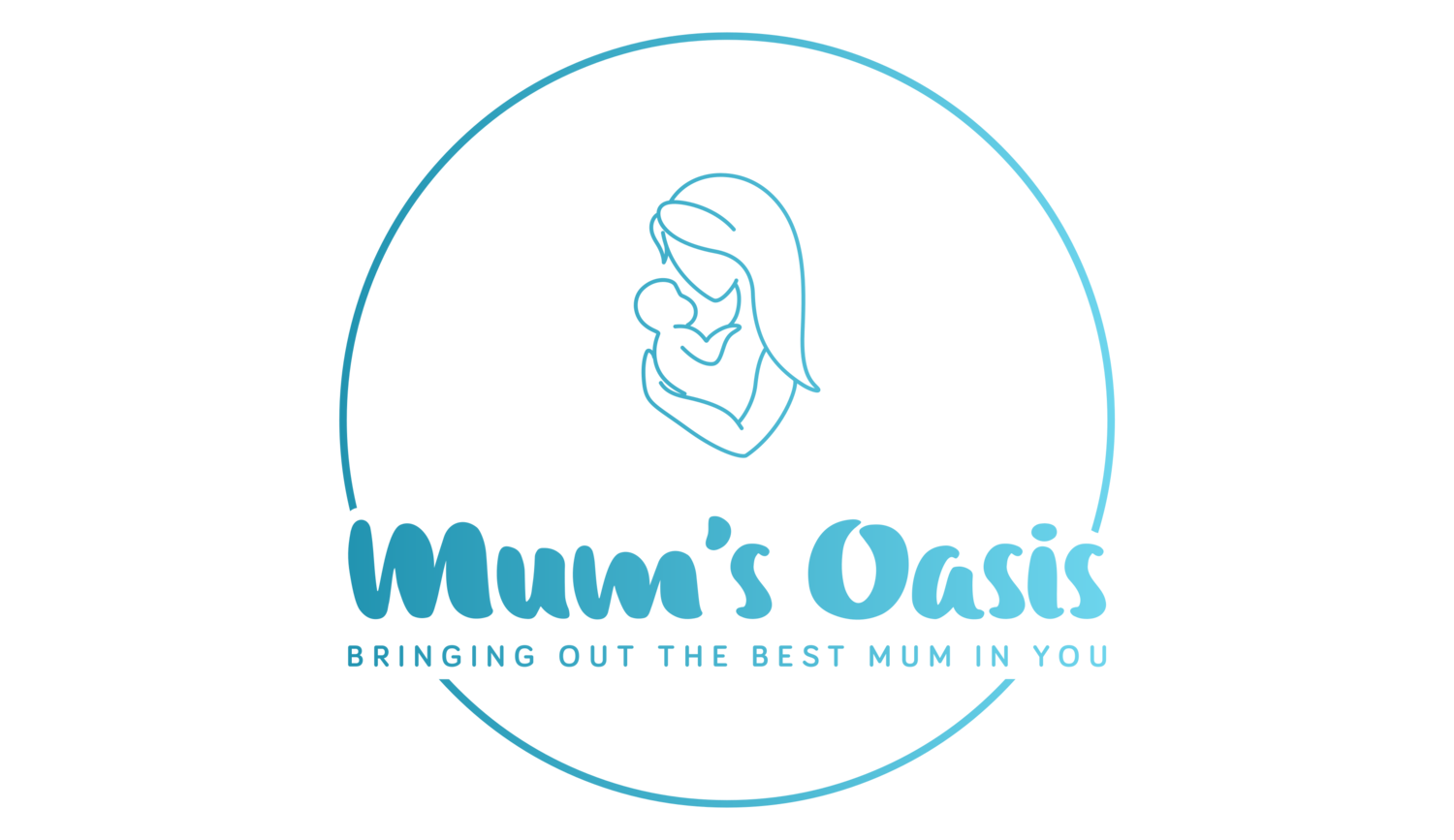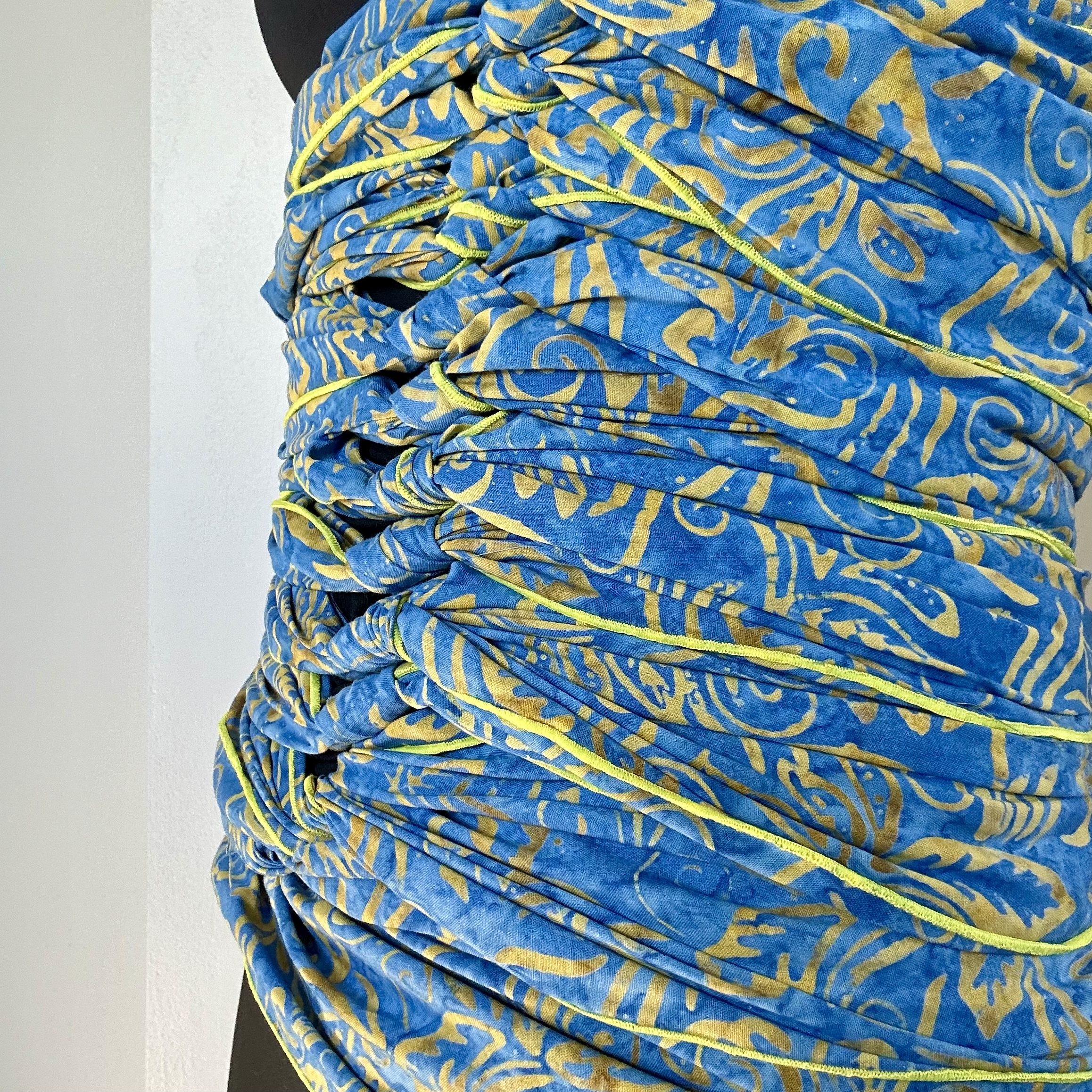Belly Binding: How it Supports Your Postpartum Recovery
Bringing a new life into the world is a miraculous and transformative experience. Especially the body goes through many changes during pregnancy, birth and postpartum which can be supported for optimal healing and recovery. In this blog post, we'll explore the ancient practice of belly binding, its benefits, and how it can support the new mums' physical and emotional well-being during the postpartum period.
The Tradition of Belly Binding
A Time-Honored Practice:
Belly binding is an age-old tradition that spans across various cultures. From Bengkung wraps in Malaysia to the Mexican rebozo technique, the concept of binding the belly postpartum has been embraced for centuries. While the specific methods may vary, the underlying principle remains the same – providing support and stability to a new mother's core during the delicate postpartum period.
Understanding the Body's Changes:
Pregnancy brings about profound changes in a woman's body. The abdominal muscles stretch, many organs move to accommodate the growing baby and the connective tissues become more pliable. After birth, the body undergoes a gradual process of recovery and belly binding is seen as a way to aid this process by offering gentle compression and support.
Read more about the body’s changes on this blog post: 6 Physical Changes after Birth
The Benefits of Postpartum Belly Binding:
1. Encourages Healing and Recovery:
Belly binding supports the body's natural healing processes. By promoting proper circulation, reducing swelling, and providing gentle compression, it aids in the recovery of the abdominal muscles and surrounding tissues.
2. Physical Support and Alignment:
One of the primary benefits of belly binding is the physical support it provides to a new mum’s body. The gentle compression around the abdomen helps in realigning the abdominal muscles and provides support to the spine. This can be especially beneficial for mums who experience diastasis recti.
3. Posture Improvement:
The strains of pregnancy and childbirth can sometimes lead to a temporary shift in posture. The abdominal muscles still need to recover. I talk to many new mums who complain about their of lack core strength. As a result, they find themselves slouching a lot when (breast)feeding and holding their baby. That in return leads to neck and back discomfort.
Belly binding provides postural support for the torso. It encourages a more upright and aligned posture which helps to prevent slouching and reduces the strain on the back and shoulders that can result from the constant feeding, bending and lifting associated with caring for a newborn.
4. Emotional Well-Being:
The postpartum period is a time of profound emotional adjustment. Belly binding has a way of nurturing your emotional well-being.
It can offer a sense of comfort and security. The ritual of binding provides a moment for self-care and mindfulness, fostering a deeper connection between a mother and her changing body.
Many of my clients describe the feeling as a “big warm hug”. Isn’t that exactly what you need in postpartum?
Belly Binding Methods
Bengkung Wraps:
Originating from Malaysia, Bengkung wraps are long, traditional cloth wraps that offer comprehensive support to the entire abdominal area. These wraps are known for their versatility and can be customized to provide the right level of compression for individual needs.
I offer Bengkung belly binding in my postpartum support services. A big plus is that it can be wrapped to the individual level of compression and comfort. It does, however, take some time and effort to wrap it. For this method, I highly recommend having a postpartum doula or a support person to wrap it for you.
Rebozo Technique:
Hailing from Mexican tradition, the rebozo technique involves using a long, woven scarf to bind the belly gently. This technique is praised for its simplicity and adaptability, making it a popular choice for many mothers.
Tubular Belly Band:
This is probably my preferred method of belly binding because of its simplicity. It is easy to use. You just have to put it on and you can wear it for the whole day. The negative is, that you can’t adjust the compression.
You can get your Tubular Belly Band here.
Commercial Belly Binders:
In addition to traditional methods, there are also commercially available belly binders specifically designed for postpartum use. These often come in the form of adjustable wraps or bands, providing convenience and ease of use.
How to Incorporate Belly Binding into Your Postpartum Journey
Organise Support:
Before incorporating belly binding into your postpartum routine, it's essential to consult with a healthcare professional or a postpartum doula. They can provide guidance on when and how to start, ensuring that the practice aligns with your unique postpartum recovery needs.
Mindful Binding Techniques:
Whether using a traditional method or a commercial binder, approach belly binding with mindfulness. Engage in slow, intentional binding to avoid unnecessary pressure and ensure comfort. Listen to your body and adjust the tightness as needed.
Complementing with Other Postpartum Practices:
Belly binding is great to do after a postpartum belly massage. It can also be complemented with other postpartum practices like gentle exercises, pelvic floor rehabilitation and other self-care routines. These holistic approaches work together to support a new mum’s overall well-being during the postpartum period.
Closing Thoughts:
In conclusion, postpartum belly binding is a time-honored practice that can offer physical and emotional support to pregnant and new mums. Whether through traditional methods like Bengkung wraps or easy-to-use tubular bands, the key lies in approaching the practice with mindfulness. Embracing this ancient tradition can be a beautiful addition to the postpartum journey, promoting healing, alignment, and a deeper connection with your body during this transformative time.
Belly Binding is one of the many ways in which I support a new mum. It is part of my in-home postpartum support and postpartum bodywork package. If you are pregnant or a new mum and want to support your birth recovery and well-being in the postpartum period, then reach out. I’d love to have a chat.




